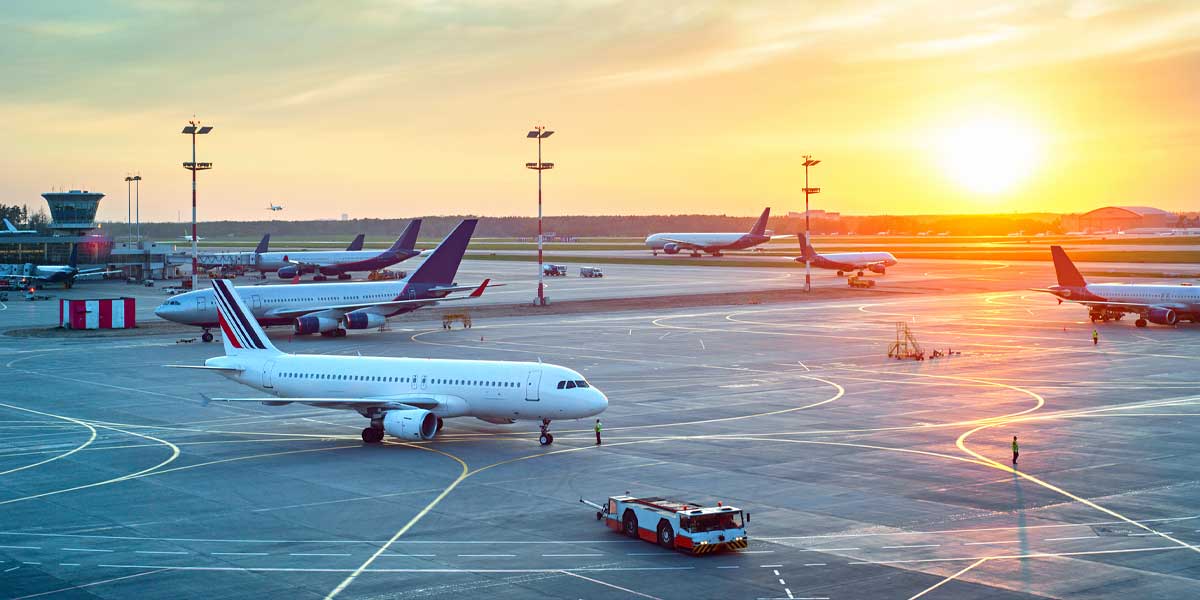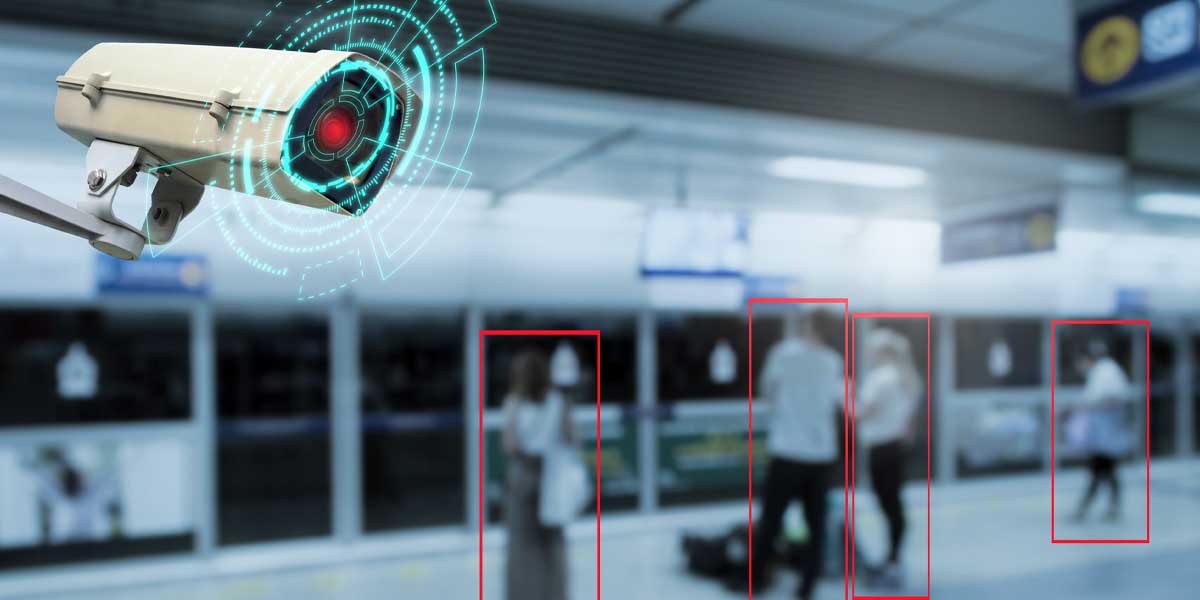AIRPORTS

Wireless communication systems form a critical infrastructure for airports, improving the passenger experience and increasing operational efficiency. Airports are constantly moving with high volumes of passenger and freight traffic. Therefore, wireless solutions enable airports to operate smarter and more efficiently by optimizing security, monitoring, information flow and service processes. Here are the main advantages of wireless communication systems at airports:
- Instant Communication and Coordination
Wireless communication systems provide fast and efficient communication between all units at the airport. Different departments such as security, technical support, air traffic control and terminal management can share information instantly during incidents and emergencies. In this way, operational processes become more harmonized and response time is shortened.
- Security and Monitoring Systems
Airports are areas where security must be ensured at the highest level. Wireless security cameras offer monitoring at critical points such as terminal buildings, baggage areas and parking lots. These systems instantly detect suspicious activities and send alerts to the relevant units. In addition, monitoring systems integrated with artificial intelligence make security processes more effective by reducing human errors.
- Passenger Experience and Information
Wireless systems are used to stream information to passengers. Through screens and mobile apps at airports, passengers can receive flight information, gate changes and other important information instantly. This improves the passenger experience and minimizes situations such as getting lost in the airport.
- Smart Cleaning Systems
Wireless communication solutions enable cleaning processes to be managed more effectively. Cleaning robots reduce dependency on manpower by autonomously cleaning areas inside the airport. These robots can be integrated into a central control system via wireless connections and perform cleaning operations on specific routes. In addition, thanks to sensors that determine the need for cleaning, it can be instantly determined which areas need to be cleaned.
- Load and Baggage Management
Wireless communication systems play an important role in cargo and baggage management. Systems integrated with RFID technology provide real-time tracking of baggage. In this way, passengers can instantly learn where their luggage is and lost luggage can be found faster. In addition, baggage handling vehicles can be managed more efficiently thanks to wireless systems.
- Weather Monitoring and Management
Weather monitoring at airports is critical to ensure the safety of flights. Wireless systems collect weather data instantaneously and transmit it to the air traffic control center, helping to plan flights. Real-time weather information plays a vital role in ensuring a safe operation for pilots and air traffic controllers.
- Smart Parking Lot Management
Wireless communication systems facilitate the management of airport parking lots. Occupancy rates in parking lots can be monitored instantly via wireless sensors. This data can be presented to passengers via mobile applications or screens, and they can be directed to the nearest empty parking lot. Thus, the time to find a parking lot is shortened and the passengers’ experience of reaching the airport is improved.
- Passenger Welcoming Processes
Passenger welcoming processes at airports can also be optimized with wireless systems. In passenger reception areas, information flows through wireless communication systems, making it easier for families and friends to greet passengers. In addition, information systems inside the terminal help passengers understand where they are and which gates they need to pass through.
Wireless communication systems increase the operational efficiency of airports and improve the passenger experience. With these systems, airports can operate smarter, safer and more efficiently. The future of airports will be shaped by the integration of these technologies and will provide better quality service to passengers.


Wireless communication systems increase the operational efficiency of airports and improve the passenger experience. With these systems, airports can operate smarter, safer and more efficiently. The future of airports will be shaped by the integration of these technologies and will provide better quality service to passengers.

